You are probably already familiar with transcription: the conversion of recorded speech into text.
Transcripts are used to create subtitles, to make long recordings more searchable and accessible, or to simply create another convenient format for the content at hand.
Phonetic and phonemic transcription, on the other hand, takes this conversion one step farther: using a much more detailed writing system to represent the nuances of pronunciation.
This kind of transcription is used for academic research, or developing technology.
These transcription systems usually rely on the International Phonetic Alphabet (IPA), an alphabet that resembles the Roman alphabet but is much more rigorously designed.
The IPA maps one sound to one symbol, and has dozens more “letters” than the Roman alphabet as used in English.
This is what the International Phonetic Alphabet looks like:
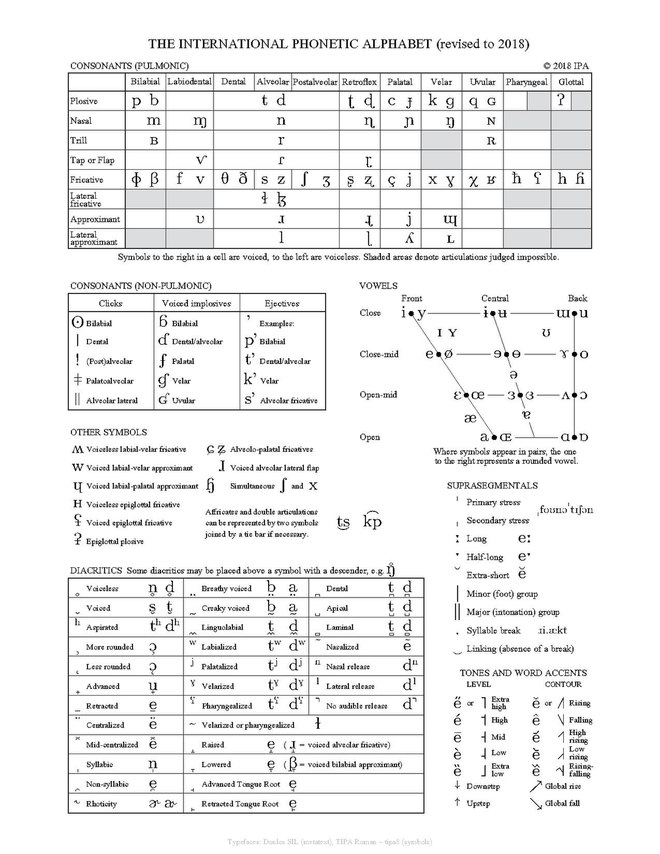
.
What is the difference between phonetic and phonemic transcription?
Phonemic (or broad) transcription
This transcription uses IPA to represent the sounds of speech in a way that is more detailed than any world alphabet, but isn’t quite as detailed as phonetic transcription (below).
It allows the reader to more fully understand the pronunciation of each word without going into detail about “allophonic variation”—the many ways that a given sound can vary in a language.
It is not as detailed as phonetic transcription, but it can be accomplished much faster.
Phonetic (or narrow) transcription
This transcription represents a very fine level of detail with respect to how speech sounds are produced.
This method goes much more in-depth than phonemic transcription. Furthermore, it can help to more fully represent variations in accents and other idiosyncrasies of individual speakers.
Both kinds of transcription are very different from standard orthographic transcription. This transcription uses the alphabet or writing system of the given language (for example the Roman alphabet, Chinese characters, or the Arabic abjad).
.
Why can’t we just use standard orthographic transcription to represent sounds?
Because most modern writing systems (Latin, Chinese) are inefficient when it comes to representing sound
The alphabets and writing systems that we use for languages today represent a trade-off between detail and efficiency.
For a writing system to be easily acquired and standardized, it cannot represent too much detail – just enough that words can be quickly recognized.
For example, consider the English words “cats” and “dogs’. The “s” in these words is actually pronounced very differently in each case, with the “s” in dogs pronounced more like a “z”.
However to make the spelling of plurals more efficient, we still use the same letter “s”.
So “s” doesn’t necessarily represent how we pronounce the word very well. However, it does serve its purpose for reading and writing.
Phonetic transcription would represent these sounds very differently.
.
Because Our Writing Systems Change Slowly
One more reason we can’t rely on our usual alphabets for phonetic transcription is that our writing systems are mostly static. Our spellings take a long time to change, even as our speech and pronunciation varies greatly over the centuries.
English, in particular, is a difficult language to represent using the Roman alphabet. This is because many of our letters can represent a variety of sounds. This leads to confusion when trying to represent pronunciation efficiently.
As an exampled, consider all the different sounds represented by the sequence ‘ough’ in the words ‘cough’, ‘rough’, ‘though’ and ‘through’!
These words were once pronounced very differently, but as our speech changed, our writing stayed the same.
This is why we developed other more scientific systems to represent speech without ambiguity.
.
What Do Phonemic and Phonetic Transcriptions Look Like?
Consider the word ‘little’.
If we want to transcribe it phonemically, it looks like this:
/’lɪtəl/
Phonemic transciptions appear between slashes, as shown.
Phonemic transcriptions can be considered to be standard across most speakers of a given language. However, they do not give a very precise indications of exactly how any one given speaker pronounces the word.
This is where phonetic transcription can help us: by using a more detailed set of IPA symbols and diacritics, we can describe dialectal or individual pronunciations more properly.
Notice that for phonetic transcriptions, we use brackets instead of slashes.
For example, if we want to see the difference between American and British pronunciations of little, we could look at the following phonetic trancriptions:
[ˈlɪ.tʰɫ̩]
This shows that a British “t”, which is aspirated (uses extra air).
Another dialect of British English might pronounce the word as follows:
[ˈlɪʔʊ]
Here, the “t” is replaced by a glottal sound, and the final l isn’t quite pronounced at all, it is closer to the vowel “u” as in “put’.
And how do (most) Americans pronounce this word?
[ˈlɪ.ɾɫ̩]
Here, you can see that the American “t” is neither aspirated or a glottal, it is what linguists call a “tap”, and really sounds more like a “d”.
.
How Are Phonetic and Phonemic Transcriptions Created?
Both phonetic and phonemic transcriptions usually involve an interaction between an automated machine transcription and a specialised human transcriber.
Phonetic transcribers often use software like PhnRec or MAUS, and phonemic transcribers use Rev or Speechpal.
These software help save time (and money) but for full accuracy they must be used by a specialist transcriber. Ideally, this transcriber would be a linguist who is well-trained in phonetics.
Even more ideally, that transcriber will be a native speaker of the language and the accent at hand.
AI transcription software are also not sufficient for ensuring fine levels of detail for accents or other variations in pronunciation. For that, you will definitely want a human transcriber.
However, software is very useful for helping to avoid man-made errors based on decreasing stamina (transcription is grueling work!) or personal bias, as the interpretation of speech sounds can be influenced by our own linguistic backgrounds and training.
To avoid these sorts of errors, transcribers often rely on software like Praat, which represents sound as visual wave forms.
.
The Role of the Human Transcriber
A trained transcriber pays attention to individual, dialectal and accentual peculiarities within the recording, while staying aware of speech context. This allows the transcriber to evaluate any problematic instances. The transcriber can also make decisions on standardization across large volumes of text.
A human transcriber usually works with the aid of multiple softwares helping him/her to properly analyse, segment and transcribe the recording.
In particular, softwares such as Praat allow an experienced transcriber to scientifically evaluate the spectrogram and other auditory qualities of recorded speech.
.
How are phonetic and phonemic transcriptions used?
Transcriptions are a versatile tool used in multiple fields and contexts. They can be used to efficiently represent information from speeches, meetings, or interviews; or can be used for more sophisticated tasks related to speech recognition and other scientific uses.
Here are a few ways our clients use our transcription services:
1. Speech Recognition
This interdisciplinary field has become extremely popular in the last decade. Speech recognition and identification tools permeate contemporary technology development with multiple uses, from telephony and app development to interactive voice response and automatic translation. The most famous example is Siri.
Phonetic transcription is an important step towards the building of software in this domain, whether it be used for speech to text or text to speech recognition.
.
2. Dissemination of information
Probably the most common goal for transcriptions in general is to allow for the written dissemination of information. This is the case of recorded talks, conferences, interviews etc. of varying size.\
Usually our clients will prefer a standard orthographic transcription for these purposes, which can be easily ready by anyone without linguistic training.
However, in some rare occasions, phonemic transcriptions are requested in order to provide readers with more detailed information about the pronunciation of the speech itself – these might be requested by linguists or anthropologists.
.
3. Language Teaching/Learning
Phonemic transcription is commonly found in contemporary dictionaries and materials for language learning and teaching, such as language books and grammars. Since these materials are not aimed at specialist users, the representation is usually a very broad phonemic transcription.
Phonetic transcriptions can offer more precise indications on how a word can be pronounced and are particularly useful for Speech Pathologists, Accent Coaches, or Dialect Coaches.
.
4. Speech Pathology and Therapy
Speech Pathology transcriptions are most commonly made for both therapeutic intervention and research purposes. Phonetic transcription is the most helpful and convenient way to identify the specific idiosyncrasies of a particular speaker’s atypical speech. Clinical transcriptions are presented in the form of segmental transcriptions with prosodic and voice quality features, if they need to be annotated.
.
5. Conversation Analysis and Corpus Building
Sometimes these transcription types are used for the analysis of corpora or large volumes of conversational data (often requested by businesses looking for certain trends, or sentiment analysis, or also used to train new language-related technologies).
For these cases, a mixture of phonemic and phonetic transcription are most oftenly employed, according to the needs of the client vis-a-vis certain prosodic features, or interactional behaviours between speakers.
.
6. Forensic Analysis
Transcriptions can also be of great importance within legal and academic settings. In these cases, phonetic transcriptions for specific individuals can be requested in order to produce comparable speech samples or identify anonymous speakers or writers. Forensic transcriptions usually consist of segmental transcriptions using IPA, and provide in-depth acoustic analysis of individual speech features.
..
Considerations When Ordering Phonetic or Phonemic Transcription
As we have explained, transcriptions can serve a variety of different purposes using a range of different approaches. They also require specific competencies on the part of the transcriber.
In order to request a transcription that meets your own specific needs, the transcriber should be made aware of the following variables:
.
Your specific goal
Needless to say, a transcription might turn out to be worthless if it does not contain the right level of detail or annotate the necessary features of speech.
.
The level of accuracy and depth of analysis required for your purposes
This is usually best determined through conversation with your expert transcriber, who will listen to your needs and make suggestions as to the best form of transcription to be used for your project.
.
More Information That Can Be Helpful For Your Transcriber
1. General recording metadata
The recording format, description and number of participants, topic(s) dealt with, language(s) used. This helps the transcriber to better understand, define, and research the content of what he or she is transcribing;
.
2. The requested format of the output work
Do you want the final transcriptions to be delivered as Word files, .txt files, or in another format? Will they need timecodes?
.
3. The type of audio files you will send
The best possible audio formats will be “lossless” formats such as WAV (ideally 16 bits, 44.1 KHz). These are preferable to compressed formats such as MP3, since compression means the loss of auditory data (there are fewer frequencies and fewer dynamics). Furthermore, it is best to avoid background noise and overlapping voices.
.
4. A glossary
Finally, a glossary of important terms can often be immeasurably helpful to your transcription team, so that the transcriber can more efficiently recognize the contents of the recording (especially when technical terms and specialised lexicon are used) and avoid misinterpretations and mistakes.
.
Examples of how phonemic or phonetic transcriptions are used
Speech Recognition
Customers seeking to develop speech recognition capabilities often request a transcribed database of a large set of words or phrases. They usually need very detailed renditions of a variety of speech tokens, from different speakers, so to give to their software more chances of detecting the intended ‘abstract’ word, regardless of its pronunciation.
.
Second Language Training and Accent Reduction
Academics that wish to better understand certain recurring linguistic features among language learners (for example, the features of vowel production among French native speakers learning English as a second language) might request phonetic transcription. This transcription could focus on detailed phonetic analysis of the vowels, using only phonemic transcription for the consonants.
.
The Costs Of Phonetic or Phonemic Transcriptions
Costs for this service will vary depending on the language and the level of detail needed.
How are costs determined? Usually, by the amount of time it takes to prepare the transcription.
Usually, transcribers will charge by the hour.
Consider that most skilled transcribers, with the help of the above-mentioned software, can transcribe roughly 1,000 to 1,500 words per day, or roughly two hours of audio per 8-hour work day. This will depend on their familiarity with the dialect in question, and the specifications of the project.
Therefore, you can expect an hour of audio, which takes roughly four hours to transcribe, to cost roughly between USD $150 and $300.
If you are planning a large transcription project, volume discounts can often be applied.
However, do keep in mind that linguists must undergo intensive and extensive training to be able to provide this service. Furthermore, phonetic and phonemic transcription can be grueling work. And finally, the results of phonetic and phonemic transcription are immeasurably valuable–whether you use them yourselves or sell it to other technology companies. This is why the cost of such transcription can be correspondingly high.
For the most accurate estimate, please don’t hesitate to contact us directly.
.
Ordering a Phonetic or Phonemic Transcription from Meridian Linguistics
If you are looking for a Phonetic or Phonemic transcription, please don’t hesitate to contact us. Our trained team of linguists work in dozens of languages and are fully-equipped to discuss your needs and your budget.
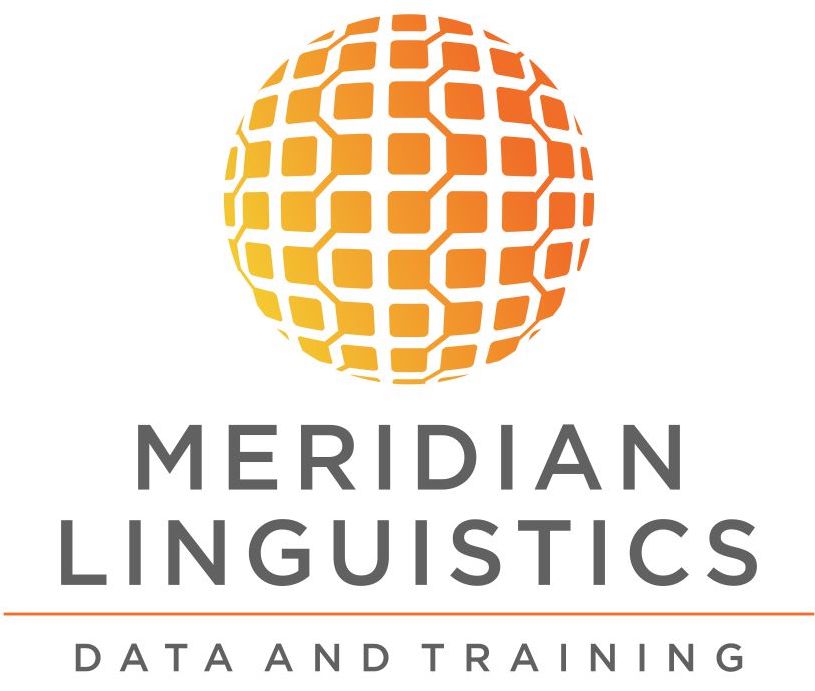
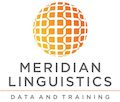
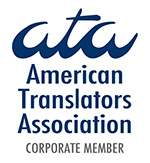
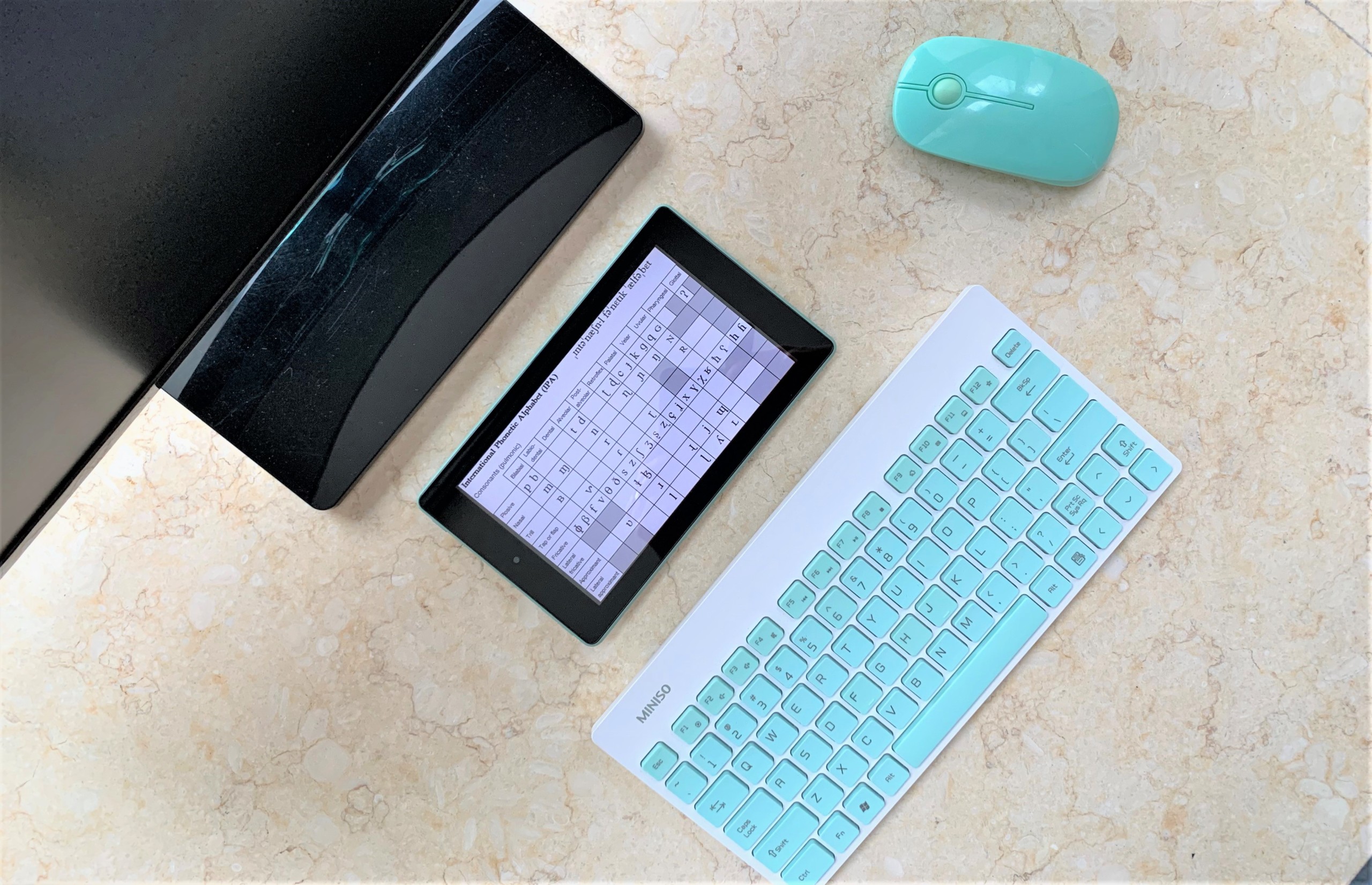
Leave A Comment